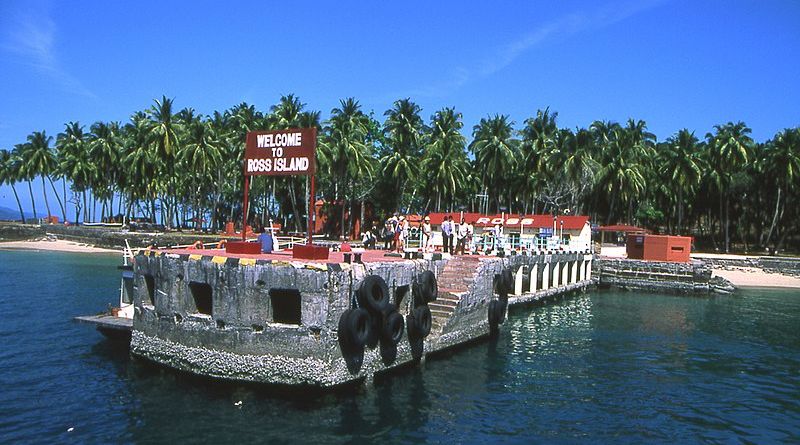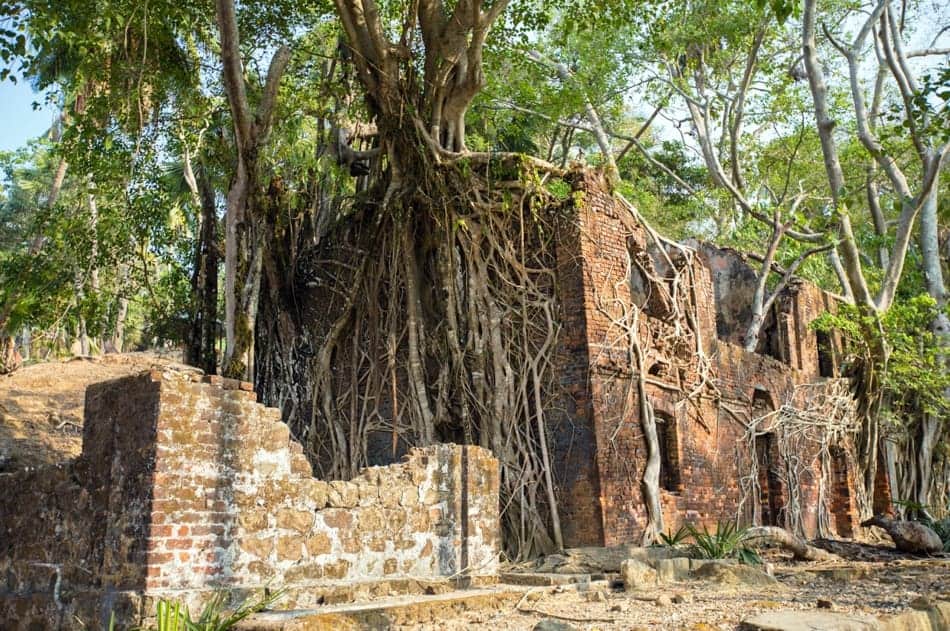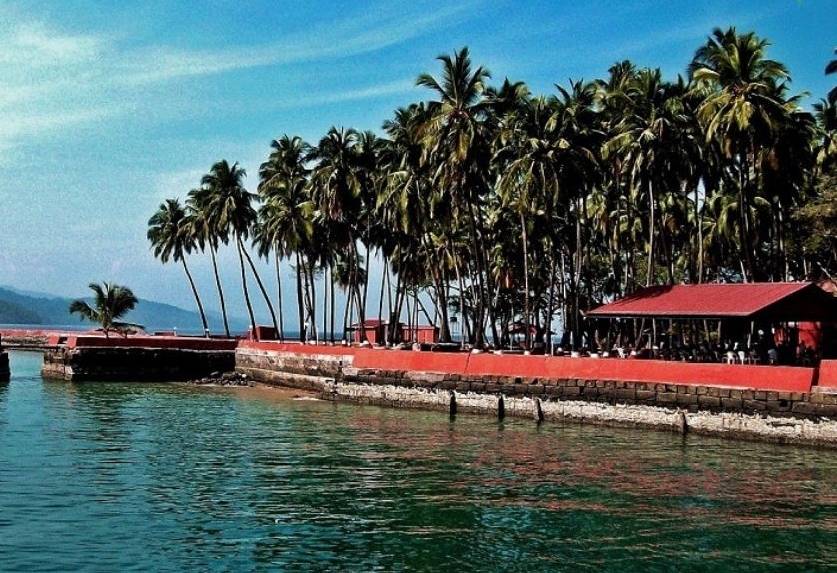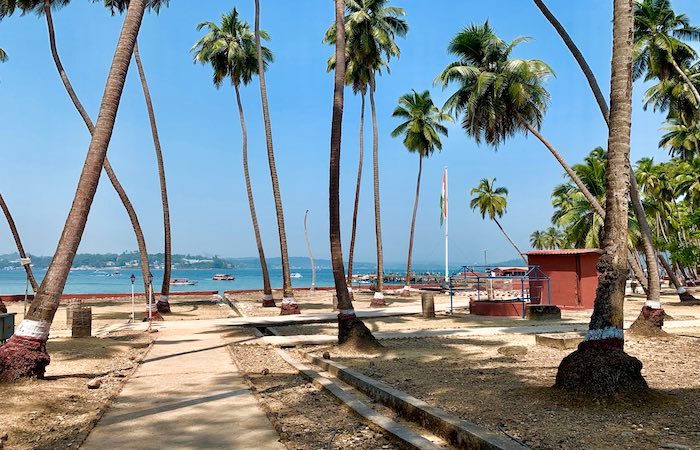Ross Island, located in the Andaman and Nicobar Islands of India, is a place steeped in history and natural beauty. Once the administrative headquarters of the British Raj, it holds significant importance as a colonial settlement and a witness to the tumultuous events of the past. Today, Ross Island stands as a captivating destination for history buffs, nature lovers, and adventure seekers alike. From its intriguing ruins and remnants of British architecture to its pristine beaches and lush vegetation, the island offers a unique blend of cultural heritage and scenic charm.
In this blog, we will delve into everything you need to know about Ross Island, from its historical background and attractions to visitor information, activities, and conservation efforts.
Significance of Ross Island
The significance of Ross Island lies in its historical, cultural, and natural value. Here are some key points that highlight its importance:
Ross Island served as the administrative headquarters of the British Raj in the Andaman and Nicobar Islands during the colonial era. It was the seat of power and played a crucial role in the governance and development of the region. The remnants of British architecture and buildings stand as a testament to the island's colonial past, offering a glimpse into the bygone era.
Ross Island witnessed several historical events that shaped its identity. It was a strategic base during World War II and suffered extensive damage during the Japanese occupation. The island's history is intertwined with the struggles and sacrifices of the people who lived and fought there, making it a site of historical significance.
The influence of British culture on Ross Island is evident in its architectural style, gardens, and layout. The island reflects a unique fusion of Indian and European cultures, showcasing a blend of colonial aesthetics with local traditions. It provides an opportunity to explore the cultural exchange that occurred during the colonial period.

Climate and Weather Patterns
Ross Island experiences a tropical climate with high temperatures, humidity, and significant rainfall throughout the year. Here's a brief overview of the climate and weather patterns:
The island has warm temperatures year-round, with average highs ranging from 25°C to 32°C (77°F to 90°F). The summer months, from April to June, are typically the hottest, with temperatures occasionally reaching above 35°C (95°F). The winter months, from December to February, are relatively cooler, with temperatures ranging from 20°C to 25°C (68°F to 77°F).
The Andaman and Nicobar Islands have high humidity levels, usually ranging from 70% to 90%. The humidity can make the weather feel warmer and increase discomfort, particularly during the summer season.
Ross Island experiences significant rainfall throughout the year, with the majority occurring during the monsoon season. The southwest monsoon, from May to September, brings heavy rainfall and occasional storms to the region. The island receives an average annual rainfall of around 3,000 mm (118 inches). It is advisable to be prepared for rain and carry appropriate rain gear when visiting the island.
The monsoon season may affect travel and outdoor activities on Ross Island. The heavy rainfall and rough seas can lead to limited transportation options and restrictions on water sports. It is recommended to check weather conditions and plan activities accordingly during the monsoon season.

Attractions and Landmarks
Ross Island boasts several attractions and landmarks that showcase its historical and natural beauty. Here are some notable ones:
The Ross Island Museum offers a captivating glimpse into the island's colonial past. Housed in a restored British-era building, the museum displays photographs, artifacts, and exhibits that depict the island's history, including its role as the administrative headquarters during British rule.
- British-era Buildings and Ruins
Exploring the island, you'll come across the remnants of British architecture and buildings, such as the Chief Commissioner's House, Government House, and Presbyterian Church. These structures provide a fascinating insight into the colonial architecture and lifestyle of that time.
- Japanese Bunkers and World War II Remnants
During World War II, Ross Island was occupied by the Japanese forces. Today, you can discover the remnants of Japanese bunkers, gun emplacements, and other war-related structures that serve as a reminder of the island's wartime history.

Nearby Attractions and Excursions
When visiting Ross Island, you have the opportunity to explore several nearby attractions and embark on exciting excursions. Here are some notable places to consider:
- Cellular Jail in Port Blair
Located in the nearby city of Port Blair, the Cellular Jail is a significant historical site. It served as a colonial-era prison during British rule and played a crucial role in India's struggle for independence. A visit to this infamous jail provides insights into the hardships faced by freedom fighters and offers a chance to learn about India's history.
- Havelock Island and Radhanagar Beach
Havelock Island, renowned for its pristine beaches and coral reefs, is a popular destination for water sports and relaxation. The highlight of Havelock Island is Radhanagar Beach, often hailed as one of the best beaches in Asia. Its turquoise waters, white sands, and stunning sunsets make it an idyllic spot for swimming, sunbathing, and snorkeling.
- Jolly Buoy and Red Skin Islands
These islands are part of the Mahatma Gandhi Marine National Park and are renowned for their vibrant coral reefs and marine biodiversity. Visitors can indulge in snorkeling, scuba diving, and underwater exploration to witness the colorful underwater world teeming with tropical fish, corals, and other marine creatures.
Located in Port Blair, the Anthropological Museum provides an insight into the indigenous tribes and cultures of the Andaman and Nicobar Islands. The museum houses exhibits showcasing tribal artefacts, photographs, tools, and artwork, allowing visitors to understand the rich cultural diversity of the region.

Unveiling the Enchanting Secrets of Ross Island: Where History, Nature, and Culture Unite
Ross Island is a captivating destination that offers a perfect blend of historical significance, natural beauty, and cultural charm. Its colonial heritage as the former administrative headquarters of the British Raj adds a unique historical dimension to the island. The remnants of British architecture, ruins, and the Ross Island Museum provide a glimpse into its colonial past.
The island's natural beauty is equally enchanting, with pristine beaches, lush vegetation, and diverse flora and fauna. Exploring the island allows visitors to appreciate the tropical landscapes and immerse themselves in its serene ambience. Additionally, the presence of Japanese bunkers and World War II remnants adds to its historical value and offers insight into the island's wartime experiences.








